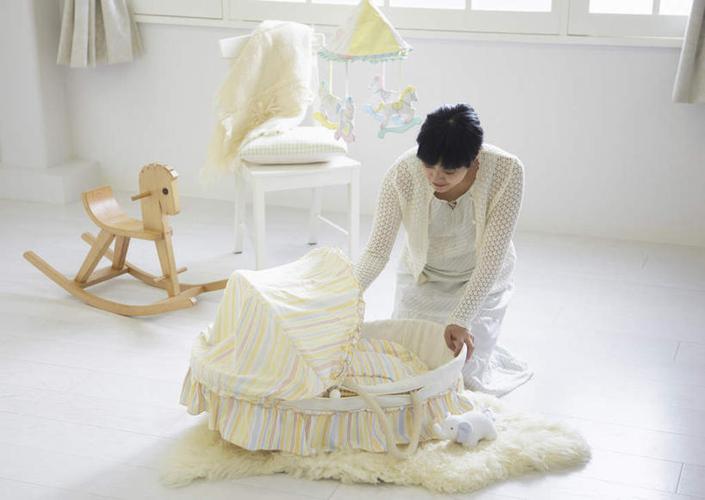Many yellow boogers were found in the baby’s nasal cavity, which may be caused by factors such as inflammation or a cold. If parents feel that the baby’s condition is unusual, they should take the baby to the hospital for examination and receive appropriate treatment after a doctor’s diagnosis.
Sometimes, if the baby’s diet includes too much greasy or spicy food, such as frequent consumption of fried chicken or hot pot, it may lead to inflammation, manifesting as yellow nasal discharge. At this time, switching to a light diet, drinking more water, and applying a warm towel to the bridge of the nose can help alleviate this issue. Additionally, dry air and excessive dust can also stimulate the nasal cavity to secrete more substances; in such cases, maintaining appropriate indoor temperature and humidity, along with using a humidifier, can be beneficial.
A cold is another common cause. Whether caused by chilling or viral infection, it can lead to the baby catching a cold, causing dehydration of the respiratory tract, and resulting in thickened, yellow nasal crusts. The doctor may prescribe antibiotics such as amoxicillin or cefaclor to treat the infection, along with ambroxol hydrochloride to help thin and expel mucus.
For babies with allergic rhinitis, exposure to allergens such as pollen or dust mites can increase nasal tissue secretion. It is necessary to stay away from allergens and use antihistamines like loratadine or levocabastine hydrochloride as directed by the doctor. Conditions like sinusitis or adenoid hypertrophy may also cause similar symptoms and require examination to confirm, possibly necessitating antibiotics for treating sinusitis.
In daily care, ensure that the baby is kept warm to prevent catching a cold, arrange a reasonable diet, and provide dairy products and complementary foods in small amounts and multiple meals to protect the baby’s digestive system.


